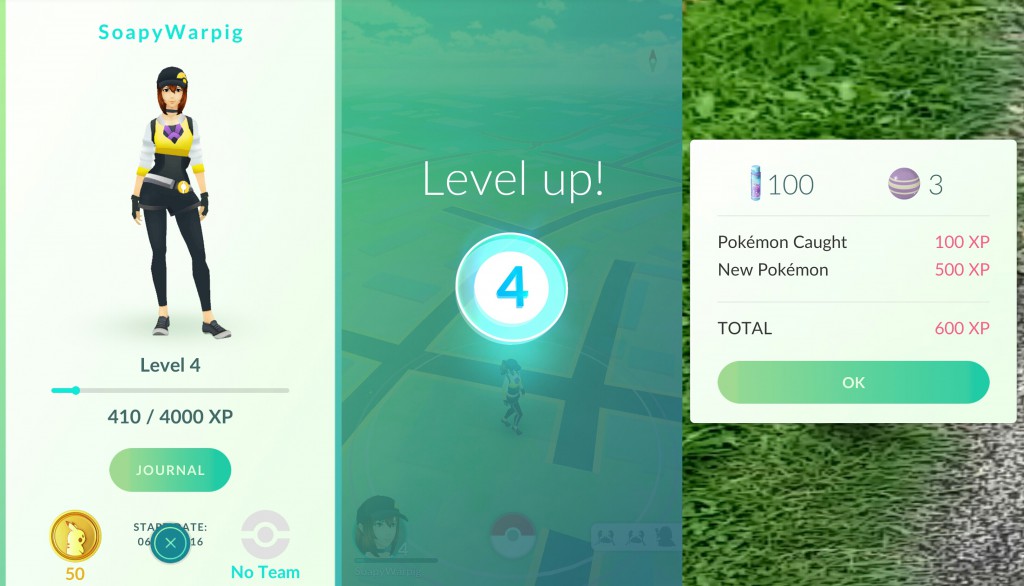Pokémon GO – A master stroke of experience design and B.E.
We are witnessing another global Pokémon phenomenon.
In a week, Nintendo has doubled its stock market value with an app developed by Niantic that is free to download and play.
From a brand perspective, Nintendo’s Pokémon has nailed the balance of ‘familiar and new’ that is required to build and sustain an evergreen brand.
They have purposefully reignited a dormant emotional connection with their grown-up audience who were the first generation to experience Pokémon as kids (now 18-30 year olds with disposable income, freedom to travel and quick adoption rates for new technologies). And the game has been designed solely for them. This is why the game has included thus far only 1st generation Pokémon i.e. the original 151 this audience has a familiar and nostalgic connection with.
However, the game’s success can also be attributed the fact that Pokémon GO is a master stroke of experience design and use of behavioural economics.
The mechanics of the game afford an easy sense of reward from the first few moments of play. (Nintendo/Niantic have made it easy to catch Pokémon and level up from the get go.) The game has been designed this way so players quickly build time and emotional investment into their progress on the MMORPG.
Then they have ensured that the more invested players are, the harder it is for them to actually progress. Suddenly the game becomes more challenging and more competitive. (At level 15 when it becomes 2x as hard to level up as it was at level 10, you now have to play for twice as long to progress.) The user sinks more time into the app. Quickly we see sunk cost fallacy exploited, whereby the expenditure of time, effort (and possibly money) makes the user feel compelled to keep playing.
However, where the app separates itself from other games that employ these tactics is in the public experience that its design creates.
Users are compelled to keep playing, not just because of the effort they’ve put in, but because of the knowledge that the game currently has no handicap system. It is a level playing field in all respects, meaning that if users don’t put the effort in now (and continuously put the effort in) other players will surpass them and achieve an unbeatable level of strength when it comes to competing in the app.
Aiding this social awareness of other players, Nintendo and Niantic have designed the game to turn all players into very obvious visual billboards – increasing the app’s penetration and frequency of play with current users. They have done this by designing the game to work in two important ways:
1. Firstly, Pokémon GO requires very specific gestures for play – most noticeably the ‘curve ball’ whereby the user must swirl their finger around the screen repeatedly before swiping up quickly to release their Pokéball. This means that it is very obvious to everyone around the player that there is someone playing the game.
Its physical availability becomes obvious (and seemingly ubiquitous) as non-players cannot help but notice players.
2. This is further reinforced by public areas being the best places to catch Pokémon – meaning players congregate in these public areas staring at their screens, swirling their fingers or tapping vigorously, and are near impossible to miss. With this comes social acceptability of the app and a growing sense that you are missing out (FOMO).
(Hundreds flood to central park to try and catch the rare Pokémon Vaporeon)
Building on all of this, the game provides a festival-like social experience between players. It does this through a number of features (e.g. lures, gym teams) but the smartest decision has been to put very limited instructions in the app on how to actually play or where to find rare Pokémon – which compels users to ask other players for tips and locations.
Ask any player if they’ve spoken to someone they didn’t know because of the app and they’ll tell you they’ve had a chat with a random player in the park about where Scyther is, or how to throw a curve ball.
Nintendo and Niantic have even positioned the app in a way that makes users post rationalize continual play as positive. This is due to:
1. The app’s intrinsic link with exercise (something that has been tough for games to align themselves with in the past), with walking distances a key measure of how close you are to hatching rare Pokémon, and receiving XP/medals in the game.
2. The discovery of new areas and points of interest near where you live or work in the form of Pokéstops that show art or buildings you may have never seen or explored otherwise
Nintendo has bided its time until this generation was ready to be re-engaged with Pokémon. At £32 billion, it appears to have paid off.
Pokémon GO should remind all brands of the potential rewards that come from understanding their emotional connection to their audiences.
It was a bold business move that proves it’s almost never too late for companies to adapt and innovate once their business models begin to crumble. (Even if you’ve sold closed system gaming hardware for decades…)
And ultimately, it is testament to the potential of great experience design and use of behavioural economics to create incredible commercial gains.




